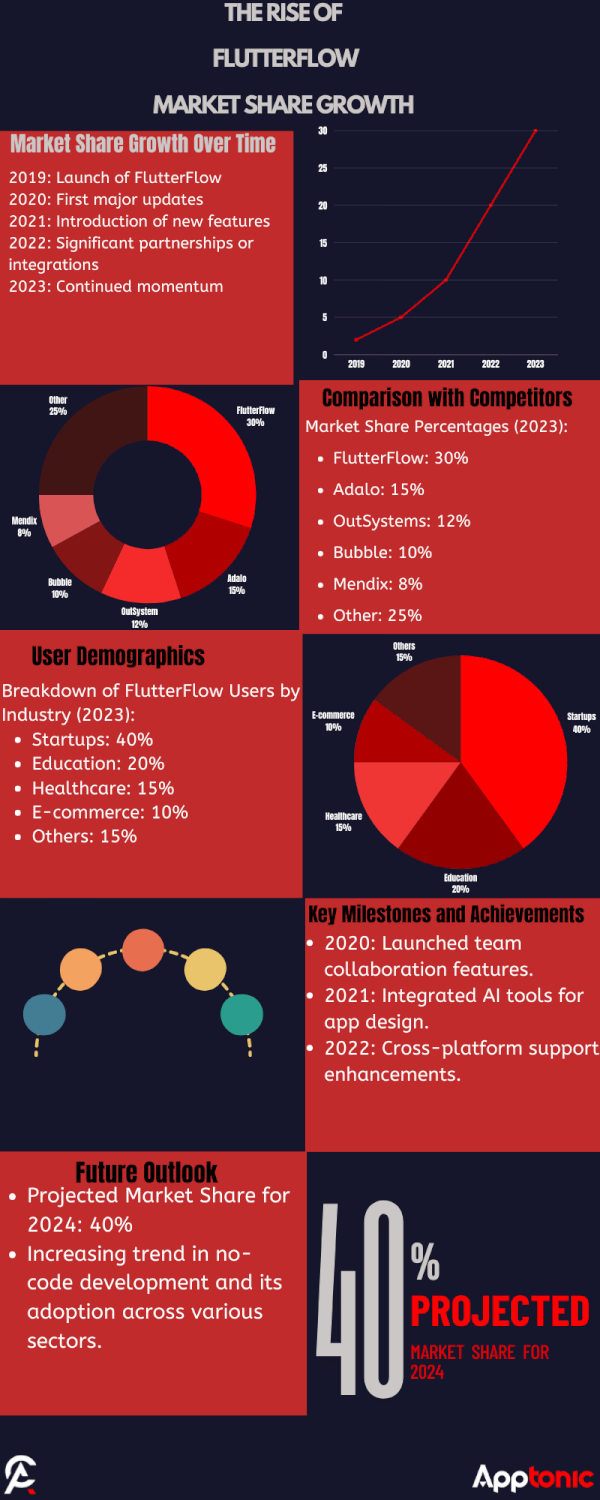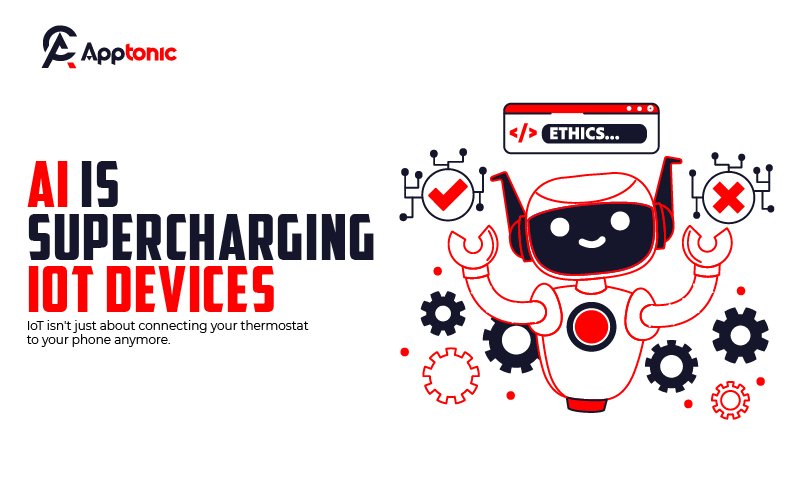IoT isn’t just about connecting your thermostat to your phone anymore. In 2024, IoT has evolved into a behemoth, changing how we live, work, and interact with technology. But there’s one element that’s taking IoT to another level—Artificial Intelligence (AI).
AI is the driving force that makes IoT devices smarter, faster, and more intuitive. It’s not just about gathering data—it’s about doing something valuable with it. Let’s dive into what’s trending in IoT and how AI is turning connected devices into something truly extraordinary.
IoT and AI: A Power Couple
Combining IoT with AI is like putting rocket fuel in a car—you get way more out of it. IoT devices gather data, but AI is what turns that raw data into action. With 75 billion connected devices expected by 2025, we’re talking about a lot of data. AI is the only way to keep up.
Think about smart homes, wearables, industrial sensors—they’re all getting smarter because of AI. Your smartwatch isn’t just counting steps; it’s analyzing your daily activity, heart rate, and even predicting health issues. That’s the magic of AI in IoT.
One of the coolest applications? Predictive maintenance in factories. Sensors gather data on equipment performance, and AI spots problems before they happen. Imagine cutting downtime by 40% and reducing maintenance costs by 30%. That’s not just a trend—that’s efficiency at its finest.
Popular AI-Infused IoT Devices
In 2024, the list of AI-powered IoT devices is growing rapidly. We’re seeing more AI-powered smart security cameras, voice assistants, and even self-optimizing thermostats. But that’s just scratching the surface.
Amazon Alexa and Google Assistant are classic examples, but they’re evolving. They’re now integrating more AI models to understand context better. It’s not just voice commands anymore; these devices understand intent, making your interactions way smoother.
Smart surveillance systems are also booming. AI helps these systems recognize threats—not just record everything. They use computer vision to spot suspicious behavior in real-time, enhancing security and reducing human error. This is where AI brings IoT to another level.
The Edge AI Movement
Let’s talk about Edge AI. The traditional model was to send IoT data to the cloud, let AI process it, and then act on it. But that’s slow, and in today’s fast-paced world, we need instant results.
Enter Edge AI. It processes data on the device itself, reducing latency and increasing privacy. Imagine a self-driving car sending data back to the cloud and waiting for a response before braking. Sounds risky, right? Edge AI ensures the car makes that decision instantly, saving lives.
Edge AI is becoming the go-to in industries like healthcare, where AI-powered wearables are delivering real-time health data analysis without the cloud—keeping your private health info where it belongs—with you.
AI-Powered Wearables: A Growing Trend
Wearables are taking a massive leap forward with AI integration. It’s not just about tracking your steps anymore; it’s about understanding your body and predicting what’s next.
Devices like the Apple Watch are now analyzing health trends, detecting potential heart conditions, and even reminding you to breathe when stress levels peak. It’s AI that turns this raw sensor data into life-saving insights.
Another trend? Wearable fitness coaches. These devices don’t just track your workouts—they use AI to create personalized training programs based on your performance, making it feel like you’ve got a personal trainer on your wrist.
Smart Homes and AI: Living in the Future
Smart homes are now AI-powered ecosystems. Your smart thermostat doesn’t just set a temperature; it learns your schedule. By analyzing when you’re home, your preferences, and even weather patterns, it saves you energy while keeping you comfortable.
Smart lighting systems are getting even smarter. They’re using AI to analyze occupancy, adjust brightness, and even set moods based on the time of day. Imagine your home lights gradually dimming as it gets closer to bedtime—that’s AI improving your everyday life.
But it doesn’t stop there. AI-enabled home security is another big player. Cameras now recognize specific people, detect unusual activity, and even notify you instantly. They’re not just capturing footage; they’re actively making your home safer.
IoT in Healthcare: Smarter, Not Just Connected
Healthcare IoT is seeing some of the most significant leaps, and AI is driving these innovations. In 2024, AI-driven IoT devices are improving everything from patient monitoring to surgical procedures.
Take connected insulin pumps. They’re not just delivering medication—they use AI to predict glucose levels and adjust doses automatically. That’s a game-changer for people with diabetes, reducing the risk of human error.
Then there are smart hospital beds that use sensors to track patient movement. They can predict if a patient is likely to fall and alert nurses instantly. AI is making healthcare IoT devices proactive instead of reactive.

Industrial IoT and AI: Transforming Manufacturing
The industrial sector is where IoT and AI are truly flexing their muscles. Factories are adopting AI-powered IoT sensors to keep their equipment running smoothly and reduce costs.
Think about smart robotics on the factory floor. They’re connected to a network of IoT devices, continuously learning and improving their tasks thanks to AI. This means fewer errors, higher productivity, and a safer working environment for human employees.
In supply chain management, IoT sensors paired with AI are optimizing routes and predicting delays, making logistics far more efficient. The result? Reduced shipping times and lower costs. That’s how AI is making an impact where it counts—the bottom line.
Consumer IoT: Personalization Through AI
Consumers today expect personalization. AI is making IoT devices more responsive and tailored to individual needs. Smart refrigerators don’t just keep your food cold—they analyze usage patterns to recommend grocery lists, helping reduce waste.
Voice assistants are getting smarter too. AI allows them to learn your habits, preferences, and routines. Over time, they become more personalized, delivering an experience that feels tailored just for you. And with IoT integration, these assistants control everything from lights to security cameras, making your life that much easier.
Challenges and Opportunities in AI-Driven IoT
Of course, there are challenges. Privacy concerns are top of mind. When AI is analyzing data collected by IoT devices, where does all that data go? Edge AI helps alleviate some of this by processing information locally, but privacy is still a concern that needs constant attention.
Security is another big one. With 75 billion IoT devices expected by 2025, each device represents a potential entry point for cyberattacks. That’s why AI isn’t just making IoT smarter; it’s also playing a big role in cybersecurity, detecting anomalies and preventing breaches before they happen.
The opportunity here is immense. The companies that can solve these challenges and continue to innovate are the ones that will dominate the IoT landscape in the coming years.
The Future: Where AI and IoT Are Heading
The future of AI in IoT is hyper-personalization. Devices will know you better than you know yourself. They’ll predict what you need, when you need it, and act before you even realize you want something.
AI is also going to make IoT devices more autonomous. We’re moving towards a world where devices won’t just respond to commands; they’ll take initiative, improve efficiency, and make lives easier without needing human input.
And let’s not forget sustainability. AI and IoT are joining forces to make energy usage smarter, reduce wastage, and even tackle climate issues. Imagine smart grids that balance power distribution in real time—that’s the kind of future AI is building in the IoT space.
Conclusion
IoT is no longer just about connectivity. In 2024, AI is the key ingredient turning connected devices into something extraordinary—devices that don’t just sense, but think and act intelligently.
From smart homes and healthcare to wearables and industrial applications, AI is enhancing what IoT can do, making it smarter, more efficient, and more personalized. The possibilities are endless, and the trends are clear—AI and IoT together are reshaping the world.
If you’re ready to take advantage of these trends and build your own smart IoT solution, Apptonic can help. Whether it’s connecting devices or infusing AI into your product, we’re here to turn your vision into reality.
Let’s talk about how we can bring your idea to life with AI and IoT.

